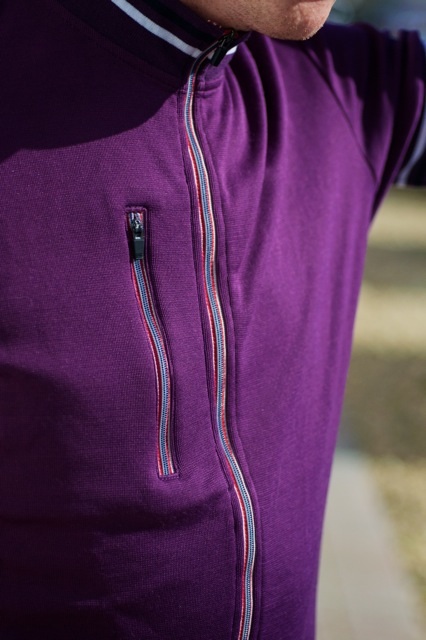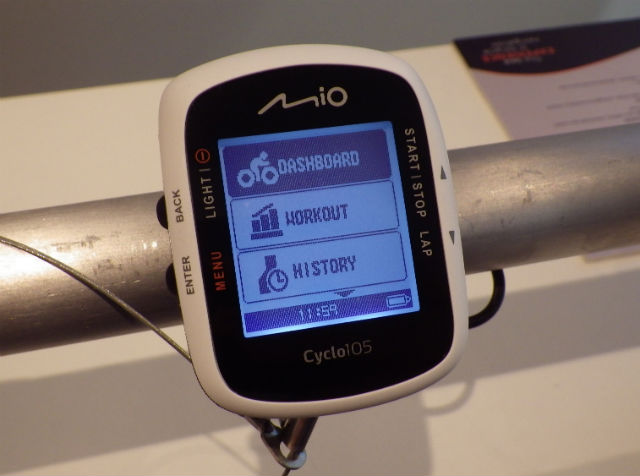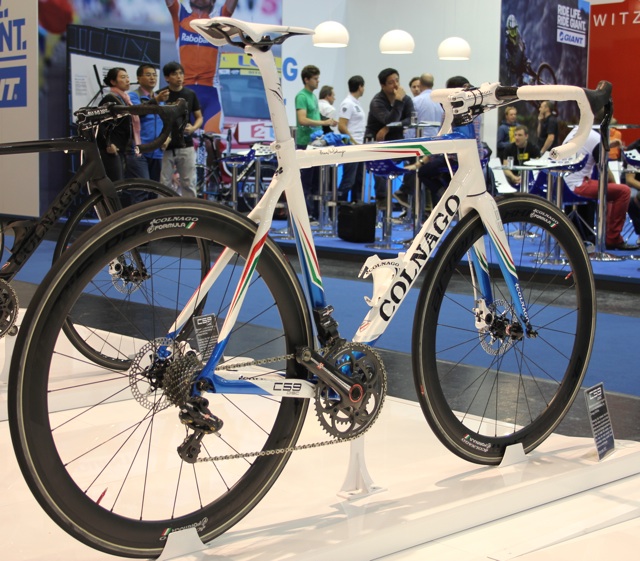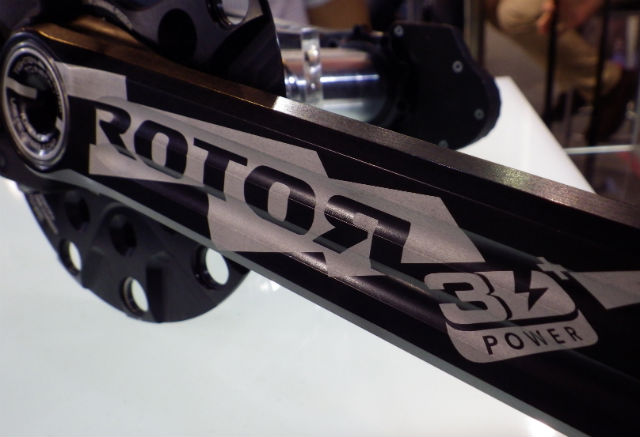We’ve spent a month on Reynolds’ R32 full carbon clincher wheelset, testing them at home and abroad.
In the absence of wind tunnel, the wind blown and twisty descent of the Col de la Madeline served as an early test bed for the wheelset’s claimed aerodynamic advances and low inertia.
The wheels proved extremely stable. At speeds touching 50mph on the early part of the Madeline descent, with wind whistling upwards from the valley below, the stability of the R32s inspired confidence.

Blustery conditions in the UK also failed to overwhelm them. The wind tugged at our test pilot more than at the front wheel. Reynolds ascribe the wheels’ stability in such conditions to the ‘Swirl Lip Generator’, a shallow ridge which sits very close to the ‘nose’ of the rim either side of the spoke bed.
By disturbing the airflow at this point, the rim is effectively widened, bringing the performance characteristics of newly popular rims with wide brake tracks (Enve’s 3.4, for example) to this, a more conventional narrow rim. How? The disturbed airflow is reunited more quickly at the trailing edge of the rim profile, which decreases the pressure drag.
We were impressed by the braking performance of Reynolds’ proprietary Cryo-Blue brake pads, which we found assured and, like the stability in windy conditions, boosted confidence. A certain amount of brake drag occurs when descending in a bunch or behind a slower vehicle; a phenomenon whose attendant heat build up has led to warnings against their use in certain mass participation rides (Levi Leipheimer’s LevisGranFondo among them).
Caught behind a truck in a successive series of hairpins and the smell of hot pads emanating from the bicycle of the rider in front, the R32s stood up to the task. The brake track is a super smooth woven scrim, which Reynolds call CTg (Cryo-Glass transition). They claim that CTg runs cooler due to the ability of the material to disperse heat from the brake track into the rim. Our efforts to find the limit of the rims through repeated heavy braking proved in vain. Braking performance remained consistently good for the duration of the ride down from Alpine summit to valley floor.
The R32s are furnished abundantly with technology and real world riding conditions in the Alps and back home in wet and windy Blighty backed up Reynolds’ claims.
We were impressed by the aesthetics of the 32s, but not overwhelmed. Slightly unsightly seams in the carbon detracted from the appearance of the rims. The spoke holes are drilled rather than moulded, although Reynolds minimise the potential for amount of fibres cut by placing the nipples inside the rim, necessitating a smaller, less damaging bore.
That said, there are no reported failures of the rims in this location, and the drilling is precise and minimal; only fractionally wider in diameter than the DT Aerolite spokes it is laced with. Reynolds’ confidence in these wheels should not be under estimated, either. Ag2r-La Mondiale raced them at the Ronde and Roubaix.
The low inertia and light weight (claimed 1351grams, actual 1362 grams) gave the R32s a sprightly feel on climbs. In our regular test bike, as well as the Specialized Tarmac, they span up to speed easily and there was no flywheel-like sensation that can be experienced with weightier wheels.
We called in a second opinion from a friend and Reynolds user, a veteran of the Scottish Provident televised criteriums of the early 1990s, whose Trek Madone 6.5 normally rolls on DV45 tubs.
The difference in rim depth and the respective rolling qualities of tubs and clincher tyres prevented him from making an apples-with-apples comparison, but he reported favourably on the ‘pick up’ of the 32s and their stability in cross winds.
The R32s are a fine set of wheels, capable of justifying their place in a crowded market of chintzy carbon hoops, and which, while expensive, offered impressive performance.
If you’re considering investing in a pair, it might be wise to visit one of the Pro Shop Test Centres in the UK which offer a ‘try before you buy’ Reynolds programme.





